Classic Bikes Racing Bike
4149 Racing Bikes

Orbea AVANT H40

BMC Teammachine SLR 01 ONE

COLNAGO V4Rs

SCOTT Addict 20
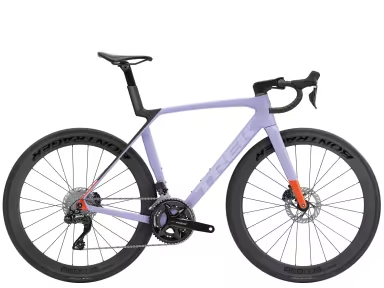
TREK Madone Sl 6 Gen 8
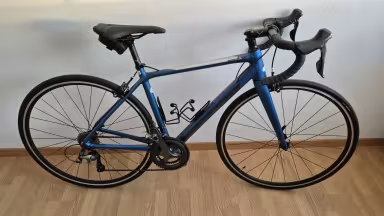
MERIDA Scultura 300
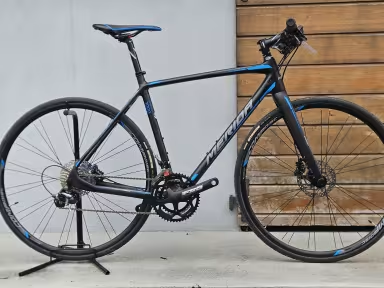
MERIDA Speeder 3000
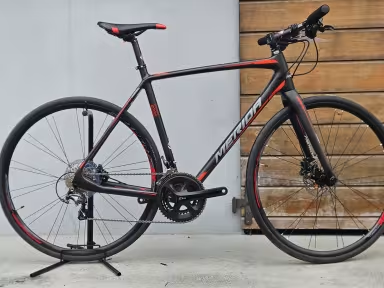
MERIDA Speeder 4000
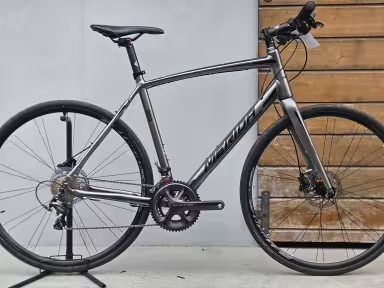
MERIDA Speeder 900


BMC Teammachine SLR ONE

SPECIALIZED Sworks Sl7 Ultegra
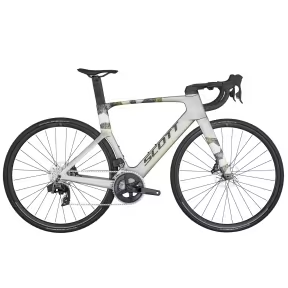
SCOTT Foil RC 30

LAPIERRE Xelius Sl 5.0

Factor Monza Ultegra Enve Ses
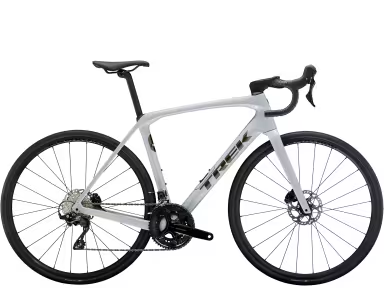
TREK Domane SL 5 Gen 4
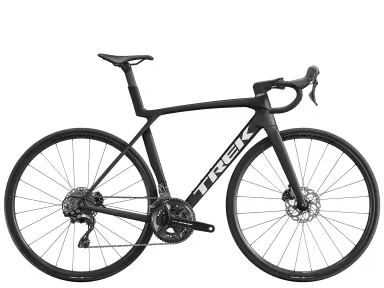
TREK Madone SL 5 Gen 8
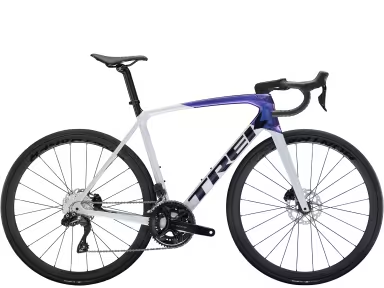
TREK Émonda SL 6
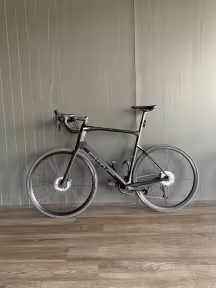
BMC Roadmachine THREE
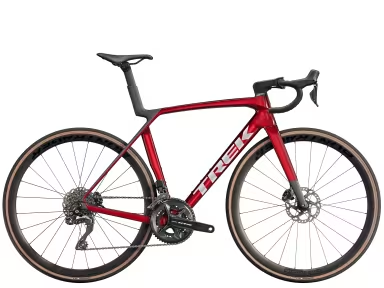
TREK Madone Sl 6
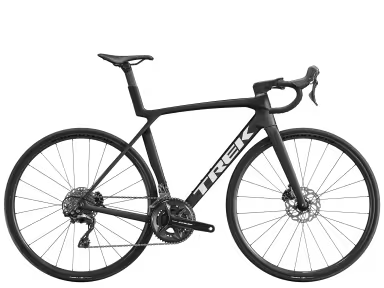
TREK Madone Sl 6
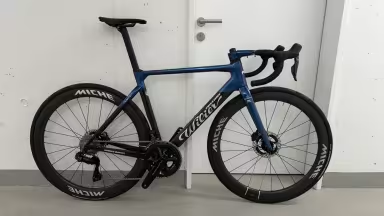
Wilier Filante Slr
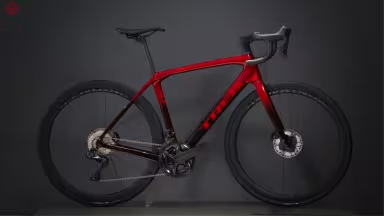
TREK Domane SLR 7
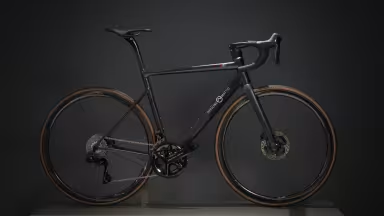
Officine Mattio Lemma Rt
Buying advice for: Race & Triathlon: Racing Bike
Frame material
Road bike frames can be made from a variety of materials. Due to its lightness and stiffness, aluminium frames, for example, are a very popular frame for road bikes. Aluminium frames offer a good balance between price and performance and are often an affordable option for beginners and recreational riders. Carbon fibre, on the other hand, is a very advanced material known for its extreme lightness and stiffness. Carbon fibre frames offer excellent vibration damping, resulting in a smoother ride on rough roads. Steel frames used to be the standard option for road bikes and are less common nowadays. Nevertheless, they are durable and offer a smooth and comfortable ride as they absorb vibrations well. Titanium frames are rare but prized for their exceptional lightness, strength and corrosion resistance. They offer a smooth ride and high durability, but are often very expensive.
Suspension
The fork of a road bike plays an important role in steering precision and vibration damping. The right suspension set-up is crucial to achieve an optimal riding experience that suits the rider's individual needs and preferences.
Wheels
The wheels contribute significantly to the performance of the road bike. Lightweight and aerodynamic wheels improve acceleration and speed, while stiff wheels ensure efficient power transmission. High-quality forks are often made of carbon and are aerodynamically designed to minimise air resistance. The size of road bike wheels is not normally given in inches, but in millimetres. The standard size for road bike wheels is 700c (or 622 mm in the ISO measurement system). This size refers to the diameter of the tyre and rim. However, time trial or triathlon racing bikes sometimes use a smaller wheel size such as 650c (or 571 mm in the ISO measuring system) in order to optimise their aerodynamics.
Tyres
The choice of tyres and the tyre pressure have a significant influence on the handling and comfort of the road bike. The tyre width varies according to personal preference, riding style and area of use. Due to the lower rolling resistance, narrow tyres (typically 23 mm to 25 mm wide) are often preferred for racing and fast rides on smooth roads. Wider tyres (28 mm to 32 mm and more) usually offer more comfort and grip, especially on rough roads or in bad weather conditions. Road bikes are usually fitted with smooth or slightly profiled tyres. This type of tyre is best suited for use on asphalt roads.
Brakes
Road bikes usually use rim brakes, which press brake pads against the rims by squeezing the brake levers to slow the bike down. Side-pull brakes are the most commonly used brakes. They are mounted on the forks and frame, offer good braking performance and are easy to maintain and adjust. Direct mount brakes are mounted directly to the frame or fork, creating a stiffer and more aerodynamic braking unit. Compared to conventional side-pull brakes, they often offer improved braking performance. Dual-pivot brakes are a further development of side-pull brakes and offer improved braking power and modulation through a dual-pivot design. The asymmetrical arrangement of the brake arms enables greater leverage and better power transmission to the brake pads. However, some more modern models also use disc brakes, which can offer improved braking performance and control, especially in wet conditions. Road bikes are therefore characterised by their lightness, narrow tyres and aerodynamic design. With the right elements, the right road bike for you will take you to your personal top speed.
More interesting bikes

TREK Supercaliber SL 9.7 GX AXS T-Type Gen 2

Focus Stereo Hybrid 120 Race 625
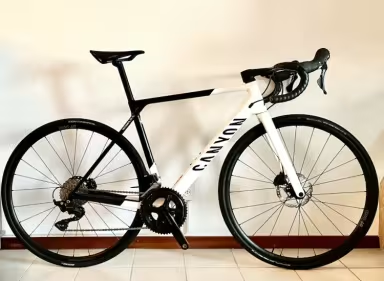
Canyon Ultimate CF SL 7

